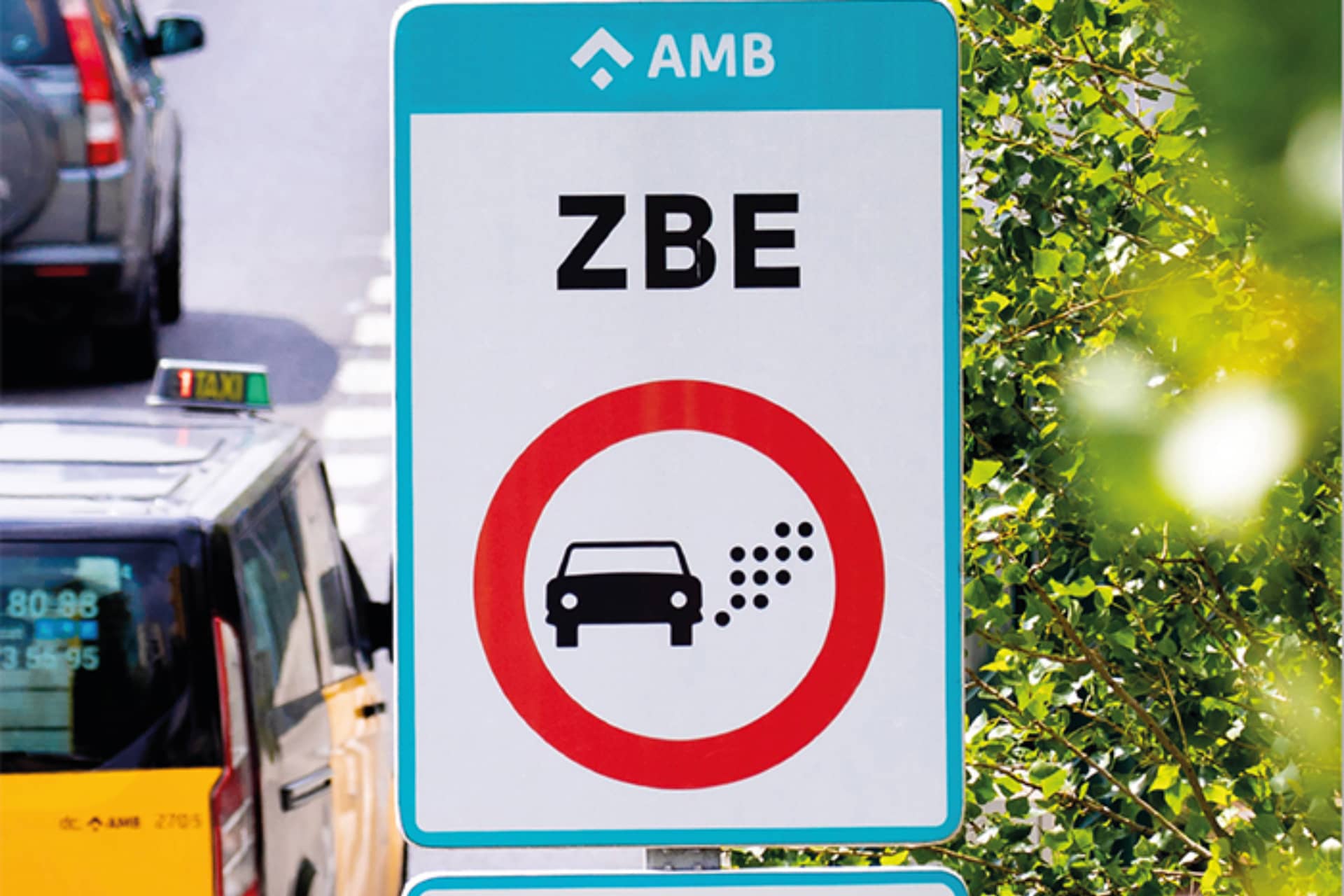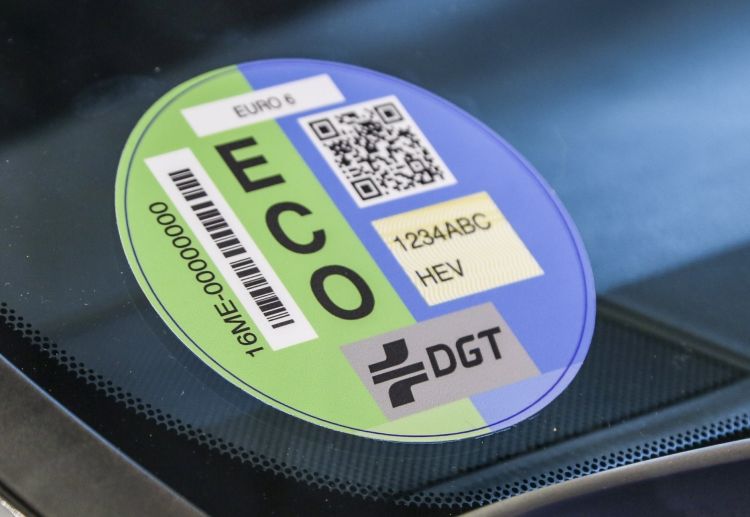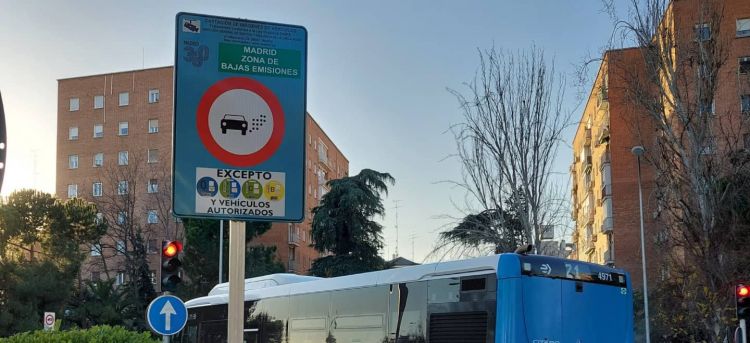2023 becomes tricky for those who own a car without DGT environmental label given the entry into force of the Low Emission Zones. These had a deadline of January 1, 2023, and although it is true that they are the responsibility of the municipalities of those municipalities with more than 50,000 inhabitants -those that are obliged by law to apply an ZBE-, the regulations can be harmful for cars labeled B and C. But if these seem like a nightmare to you now, hold on, because in a few years they may be much more restrictive.
And it is that the Government made it clear by announcing that, despite the fact that each city council would impose its laws as far as LEZ is concerned, these must be exposed to mandatory periodic reviews. What does this mean? That if the President of the Government decrees a new regulation for Low Emission Zones, These must be adapted within a maximum period of four years..
LEZs can get much more complicated four years from now
Although it is true that currently the cars that have the most problems are those that do not have the DGT environmental label, any city council can be as restrictive as you want with other vehicles. In this way, we can currently find ZBE in those that are prohibited from parking or accessing cars with B and C labels, leaving freedom to those that carry the ECO and ZERO labels, as is the case in Madrid and its Special Protection Low Emission Zones.
Regardless of this, the already existing Low Emission Zones and those that have now entered into force, must submit, by law, to the following scenarios:
- Upgrade: in the event that there are already developed Low Emission Zones, these must be adapted to the new requirements within a maximum period of 4 years.
- Revision: all LEZs must undergo a review process every, at most, 4 years in order to ensure that the established objectives are being met.
This means that the LEZs will become more complex and restrictive over time out of obligation, sooner or later also leaving out those cars that currently have a B and C label. And although it is true that it has not yet been established a clear and concise rule regarding the evolution of these, cities like Madrid already have marked their next steps.
Thus, the Spanish capital has decreed a plan that covers from January 1, going through January 1, 2024, the date on which it is planned to prohibit access to unlabeled vehicles not registered in Madrid on all public roads urban areas of the municipality, until January 1, 2025at which time the same prohibition will be applied to cars without a label registered in Madrid.
And although this route is the responsibility of the Madrid City Council, it does not mean that other cities do not decide to advocate a similar scenario. But the situation could go further when the Government decides to establish more disruptive minimums for the LEZs, thus causing, when the time comes for them to be updated and reviewed, they should already be adapted.






